
Unrelenting heat is projected to intensify across the U.S. in 2025, with certain states facing serious risks to public health and infrastructure. Prolonged drought conditions, overstressed energy systems, and limited access to cooling resources are expected to amplify the impact. Keep reading to explore which regions are most vulnerable to extreme temperatures this year.
Arizona
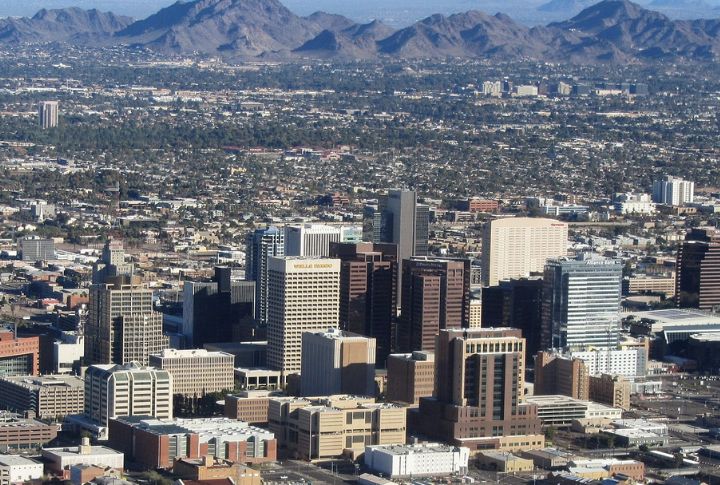
Phoenix logged 55 days above 110°F in 2023; forecasts suggest 2025 may exceed that record. Maricopa County, for example, reported over 602 heat-related deaths last year, and this makes Arizona ground zero for lethal summer extremes. Also, drought conditions persist, pushing water levels at Lake Mead near crisis levels.
Texas
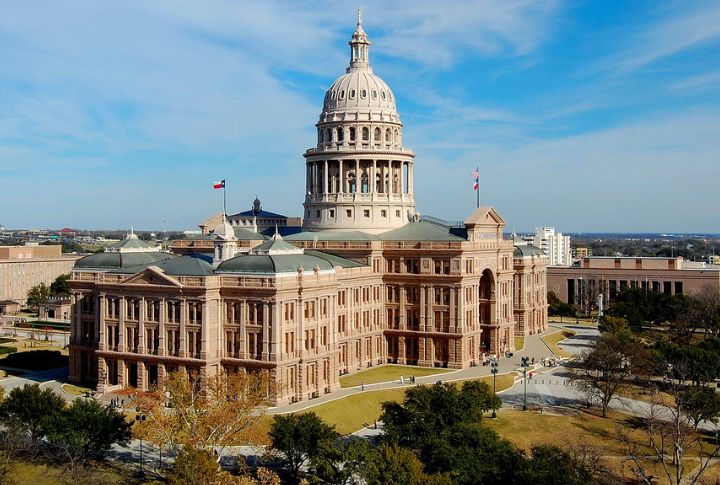
The state has already experienced grid failures during past heat waves, exposing vulnerabilities in its energy infrastructure. Its vast geography—spanning arid plains to muggy coastal regions—amplifies the impact of extreme heat. Forecasts suggest the state could endure over 40 days above 100°F during the 2025 summer season.
Nevada
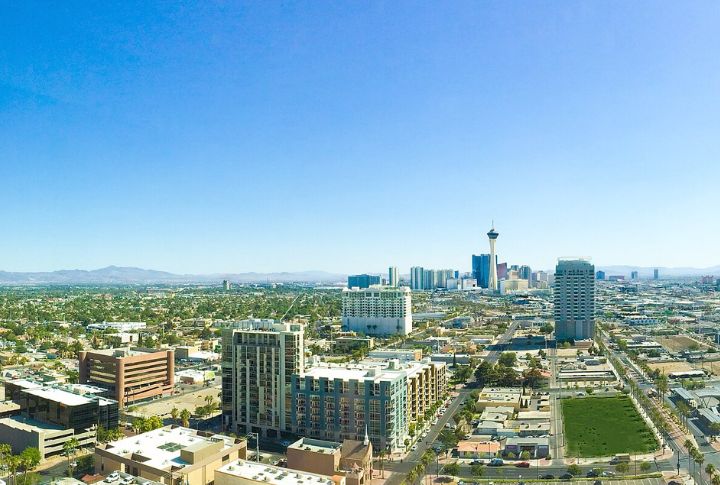
Las Vegas hit an all-time high of 116°F in 2023; this year’s projections look just as severe. Nevada’s minimal vegetation and rapid urban growth worsen the heat island effect. Furthermore, the National Weather Service has issued excessive heat outlooks for Clark County into early June 2025.
Louisiana

Louisiana’s swamp-like humidity and soaring heat make summers especially brutal. In 2023, New Orleans experienced its hottest August on record. State hospitals also reported a significant rise in heat-related ER visits, with lower-income neighborhoods hardest hit due to limited access to adequate air conditioning.
California

Wildfires and heatwaves have become California’s devastating one-two punch. Temperatures in Death Valley exceeded 128°F on multiple occasions in 2022 and 2023. Thankfully, Lake Oroville and Shasta Lake have rebounded significantly in 2025, reaching 95% and 96% of capacity, respectively. These will likely cushion the effects of the heat wave.
Florida
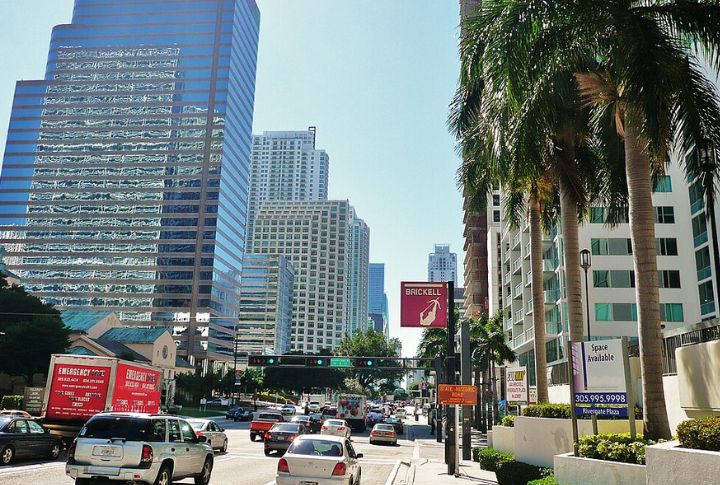
Extreme heat in Florida isn’t just about high temperatures—the stifling humidity drives heat indexes into dangerous territory. Miami saw 60 heat advisories in 2024, and sea surface temperatures in the Atlantic remain abnormally high. This heightens the risk of both heat waves and stronger, earlier hurricanes.
Mississippi

Mississippi endures some of the nation’s most punishing heat-humidity levels. In response to a spike in heatstroke cases at hospitals last year, officials are expanding emergency cooling centers statewide. Forecasts show rising overnight temperatures, which prevent the body from recovering and increase health risks for vulnerable residents.
Oklahoma
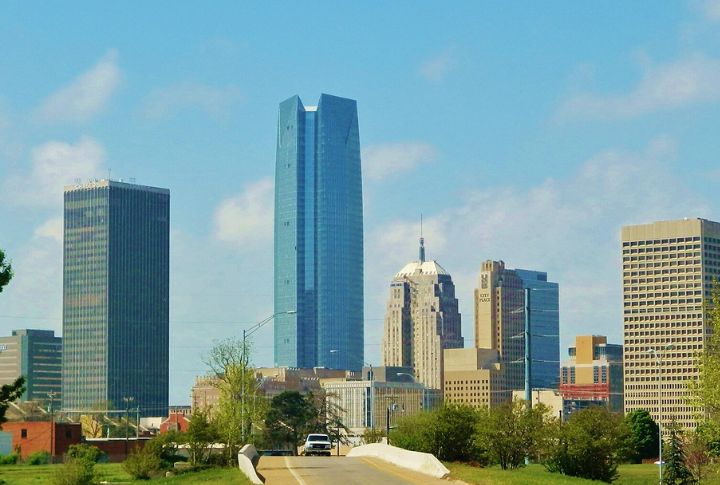
Oklahoma’s scorching plains and lack of sufficient tree cover intensify summer heat. The state’s agriculture sector faces added pressure this year, with soil moisture levels already down 20% in June. Back in 2023, cities like Tulsa and Oklahoma City endured weeks of triple-digit temperatures.
New Mexico

Higher elevations usually bring relief, but in New Mexico, even mountainous regions saw extreme temperatures last year. Albuquerque recorded several days over 95°F in 2023. Climate trends suggest increasing year-round fire risks, and reservoirs like Elephant Butte still operate well below capacity.
Georgia

Georgia’s expanding urban sprawl, especially around Atlanta, traps heat across roads and rooftops, worsening nighttime conditions. Combined with stagnant air patterns, this creates sustained health risks after sunset. In July of last year, Georgia Power reported record-breaking electricity demand as residents cranked up air conditioning to cope.
